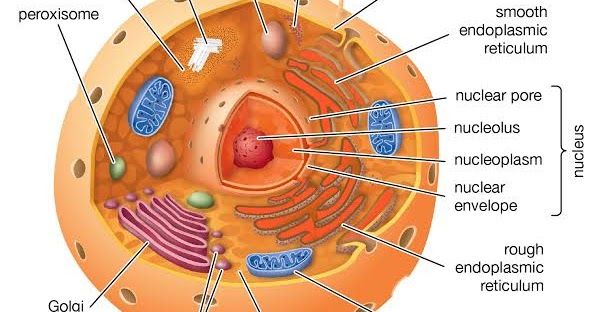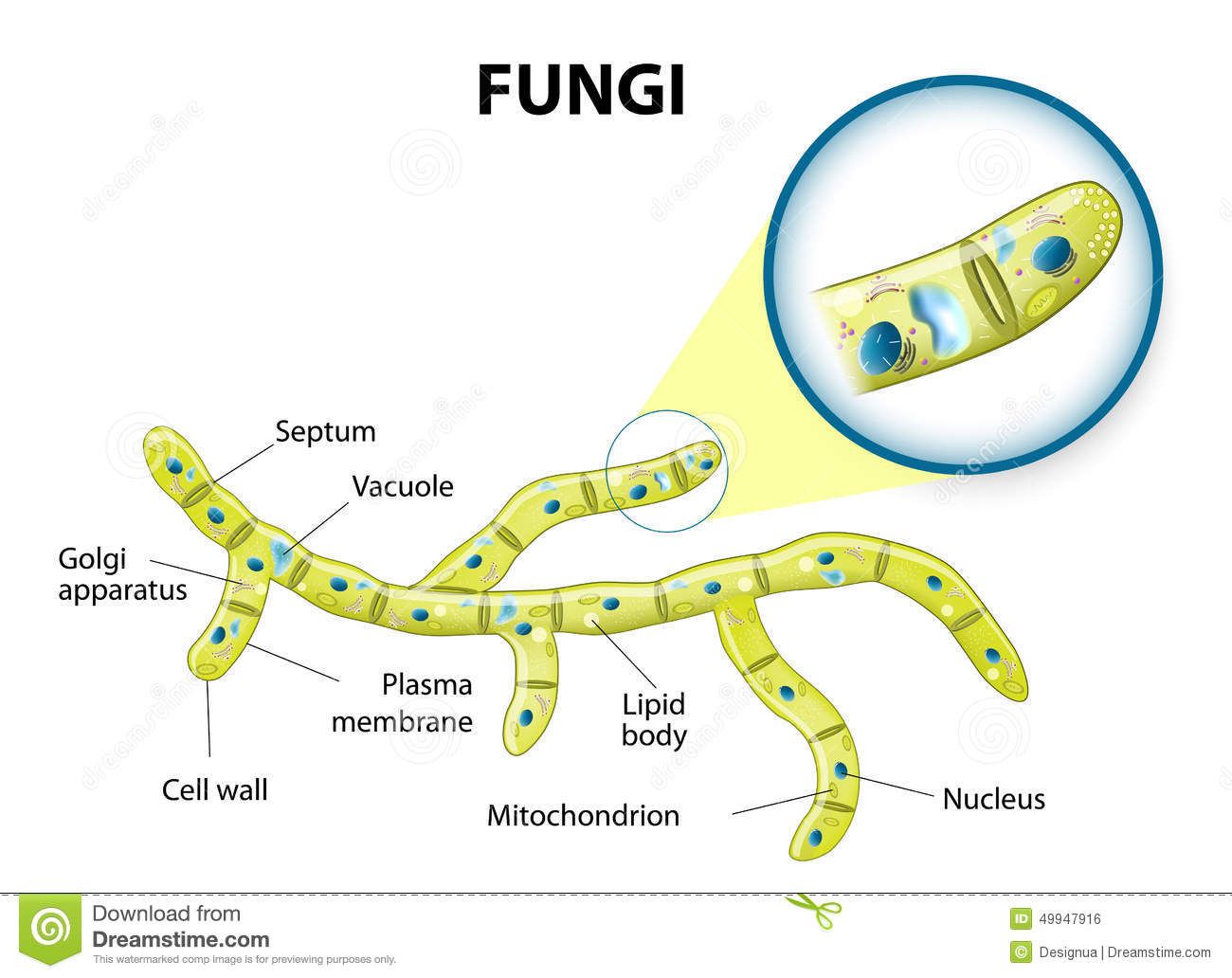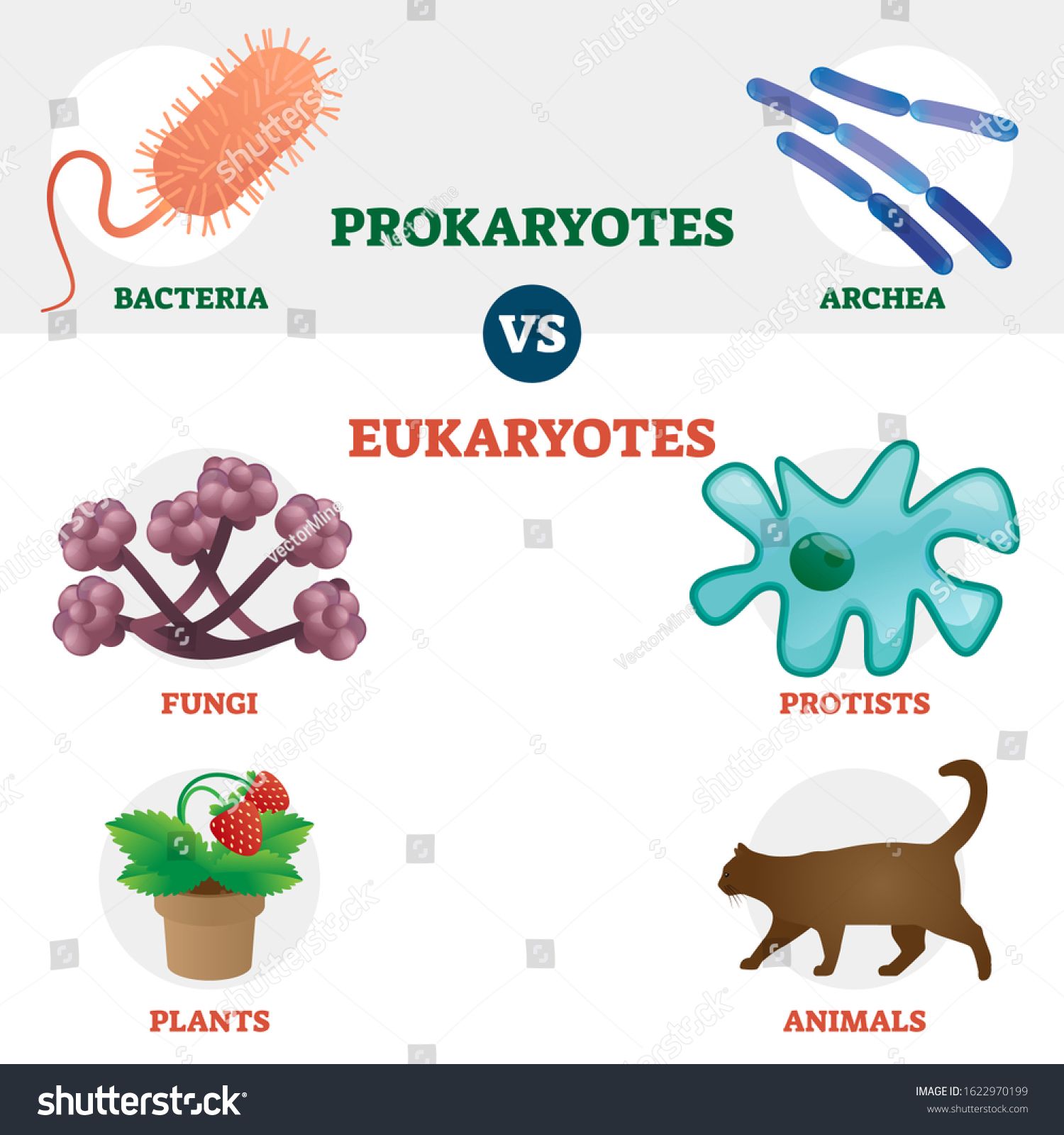A fungi is a group of eukaryotic heterotphic organisms members of which have chitinous cell wall and are differentiated from other living organisms by their special vegetative structure and. Some like yeast and fungal spores are microscopic.
 |
| Eukaryotes Comprise All Members Of Plantae Fungi And Animal Kingdomsincluding The Unicellular Fungus Yeast And Protozoans Sel Hewan Sel Tumbuhan Membran Sel |
Fungi are Eukaryotic organisms.

. Fungi is a separate kingdom of organisms the other two being Plant kingdom and Animal kingdom. Fungi occupy a separate kingdom because of the. There are many thousands of different fungi that share our. As eukaryotes fungal cells contain a membrane-bound nucleus where the DNA is wrapped around histone proteins.
They possess a membrane bound eukaryotic kind of well organized cell structure also having a member bound proper nucleus in. Take in food molecules by absorption. As eukaryotic organisms fungi possess cells with organelles which are. A fungus plural.
No - fungi are eukaryotic. The fungi include diverse saprotrophic eukaryotic organisms with chitin cell walls. Plants fix carbon dioxide from the air. Okay so lets translate that into English The only.
Are fungi prokaryotic organisms. Fungi do not photosynthesize rather they obtain their food by. Fungus are a kingdom of usually multicellular eukaryotic organisms that are heterotrophs cannot make their own food and have important roles in. Fungi are eukaryotes and have a complex cellular organization.
The fungi are one of the 4 eukaryotic kingdoms. Plants have chloroplasts whereas fungi and animals cells do not. The DNA sequences of. The fungi include diverse saprotrophic eukaryotic organisms with chitin cell walls.
Fungi can be unicellular or multicellular. Fungi are eukaryotes. Some like yeast and fungal spores are microscopic whereas some. These organisms are classified under kingdom fungi.
Being a microscopic organism fungi have a complex cellular organization like a membrane-bound nucleus where the DNA is wrapped around histone proteins and so they are considered. Fungi can be unicellular or multicellular. Fungi are eukaryotic organisms that comprise one of the kingdoms of life. Fungi are eukaryotic organisms.
Historically fungi were included in the plant kingdom. Some like yeast and fungal spores are microscopic whereas some. Fungi are a distinct kingdom of eukaryotic or prokaryotic mostly multicellular organisms that lack chlorophyll. Fungi or funguses is any member of the group of eukaryotic organisms that includes microorganisms such as yeasts and molds as well as the more familiar mushrooms.
The simple answer is that the Fungi are Eukaryotes because their cells contain discrete membrane-bound organelles. Fungi are eukaryotes and have a complex cellular organization. Fungi are the members of eukaryotic organisms which includes microorganisms such as molds yeasts and mushrooms. As eukaryotes fungal cells contain a membrane-bound nucleus where the DNA is wrapped around histone.
Fungi is a Eukaryotic Organisms because the cells of Fungi have a definite nucleus surrounded by a nuclear membrane and organelles such as mitochondria endoplasmic reticulum Golgi. A fungus plural. Answer 1 of 2. Fungi have these - and so are not prokaryotic.
Ie their cells contain membrane-bound organelles and clearly defined nuclei. Fungi can be unicellular or multicellular. Common with animals FAQwhat fungi have common with animals adminSend emailNovember 29 2021 minutes read You are watching what fungi have common with animals. Fungi is a type of eukaryotic organism belonging to the kingdom Fungi alongside plants animals protozoa and monera.
Fungi are eukaryotic organisms that include microorganisms such as yeasts moulds and mushrooms. Grow on and through their food and secrete digestive enzymes -. The fungi include diverse saprotrophic eukaryotic organisms with chitin cell walls. Most fungi are multicellular.
Fungi and animals use pre-existing organic molecules. Eukaryotic organisms have a nucleus and membrane-boun organelles.
 |
| Advertisements In This Article We Will Discuss About The Structure Of Fungal Cell This Will Also Help You To Draw The Str Cells Project Fungi Plasma Membrane |
 |
| Fungi Cell Stock Vector Illustration Of Life Herbal 49947916 Fungi Cell Diagram Eukaryotic Cell |
 |
| Prokaryotic Cell Vs Eukaryotic Cell By Nadiadaniela Eukaryotic Cell Prokaryotic Cell Prokaryotes |
 |
| 6 Differences Between Plant Cell And Fungal Cell Simple Point Wise Explanation Plant Cell Cell Wall Cell |
 |
| Eukaryote Vs Prokaryote Cell Type Organisms Educational Set With Bacteria Archea Fungi Protists Pla Prokaryotes Prokaryotes Vs Eukaryotes Prokaryotic Cell |